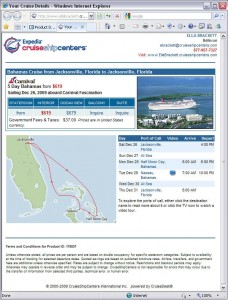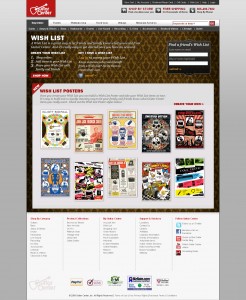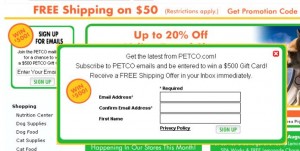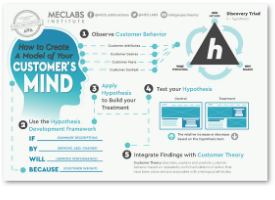Adding Retail Revenue Streams
When shoppers visit supermarkets and large retailers, they’re bound to see branded in-store displays. The stores add revenue while helping brands stand out. Why not apply this idea to ecommerce?
That’s just what Doug Miller, Global VP, Media Solutions, Expedia Inc., and his team have done with several Expedia Inc. properties including Expedia.com, Hotels.com and Hotewire.com.
The team started leveraging their reach into the consumer travel market when Miller joined about five years ago. Miller says about 61% of visits to travel websites are to Expedia properties.
“They are very few places, probably nowhere else, where you’re going to be able to reach an online travel audience in such a concentrated way.”
This qualified high-volume travel audience presents a great opportunity to sell media. Expedia’s world-wide media business, a which encompasses more than Miller’s team’s work, accounts for about 10% of their total business and growing fast, Miller says.
Take a look at these four media options. They might give you ideas for leveraging your own audience:
StorePoint Ads
The team’s first program offered display ads that reached several Expedia Inc. sites. The banners are shown:
o Adjacent to search results
o On the homepage
o On browsing pages
o On content pages for various destinations
“This is where Hawaii or Mexico or American Airlines will call out to you and say they have a special opportunity for you at the point of sale,” Miller says.
Expandable StorePoint Ads
The team later updated the StorePoint technology to offer marketers the option to integrate interactive rich-media ads. The Flash-based ads expand over site content when clicked, and retract to their normal size when visitors move away.
Once expanded, the ads can offer a range of functionality, including:
o Audio and video
o Data capture fields
o Interactive animation
o Send to a friend
TravelAds
The team offers marketers a bid-for-placement, sponsored listings program specifically designed for hotels. The ads are featured at the top of search results pages on Expedia.com and Hotels.com for location-based searches bid on by marketers. These marketers can bid on specific locations and time periods, and set a maximum budget to control their spending.
PassportAds
This year, the team launched a behaviorally-targeted ad format that reaches Web surfers after they’ve left an Expedia site. For example, an Expedia.com visitor might search for and browse for hotels in Venice, leave the site, and later see ads elsewhere for Italian vacations.
The team works with several ad networks and sister companies to make the program work across a wide range websites, some in the comScore top 100, Miller says.











